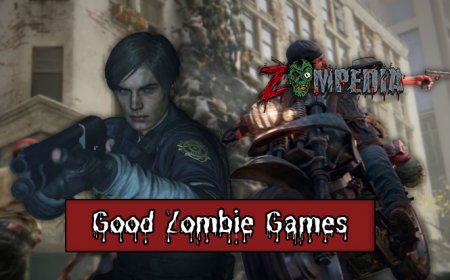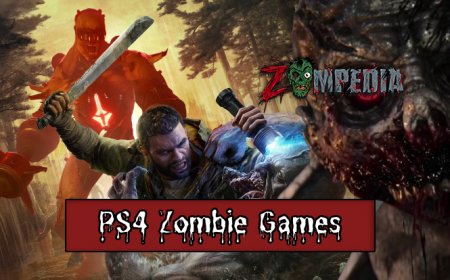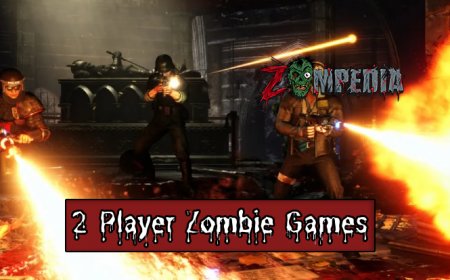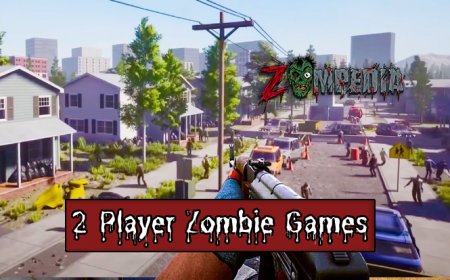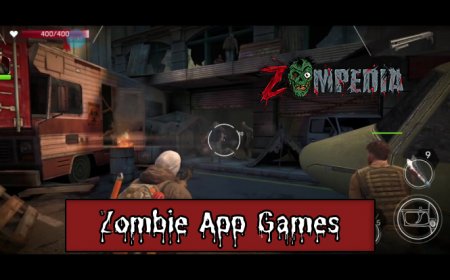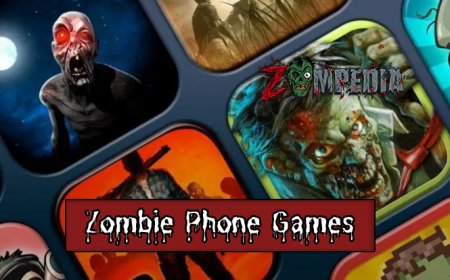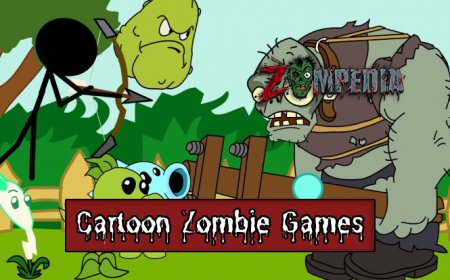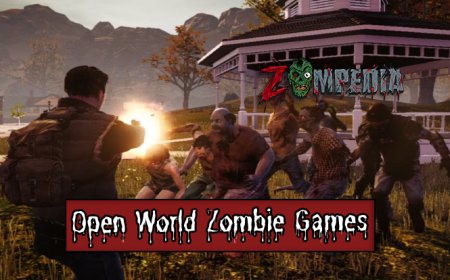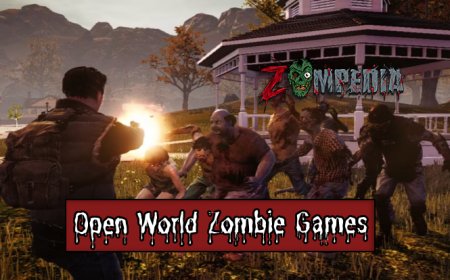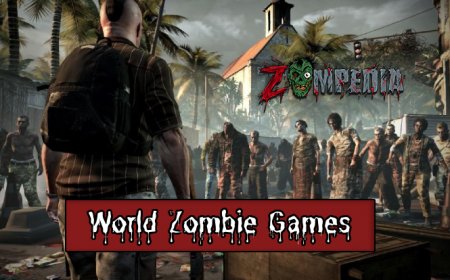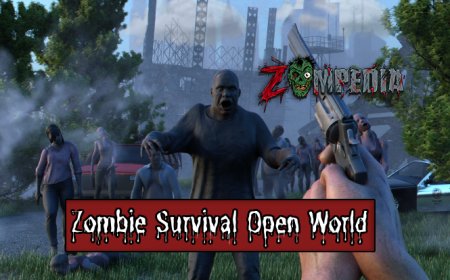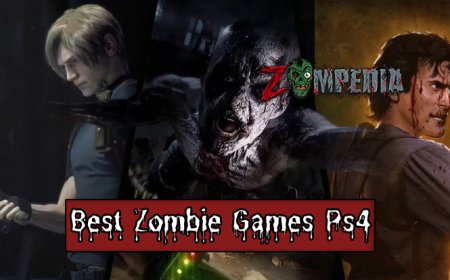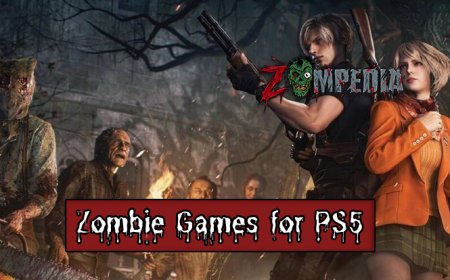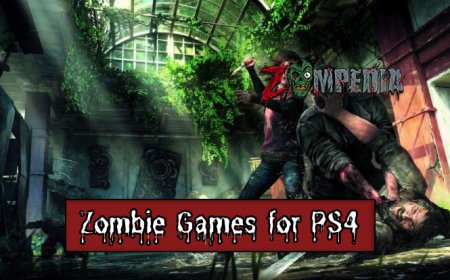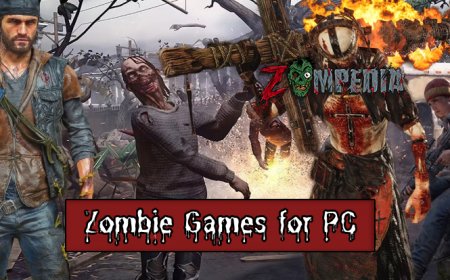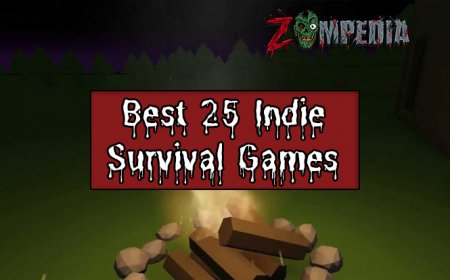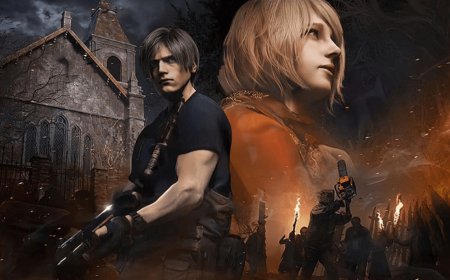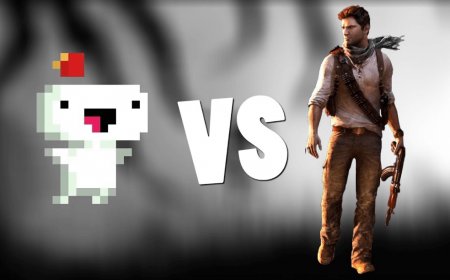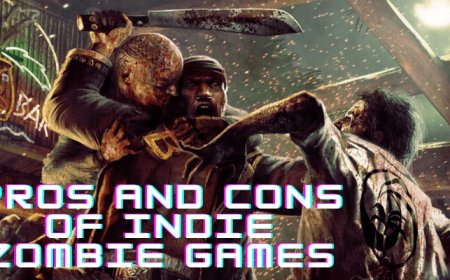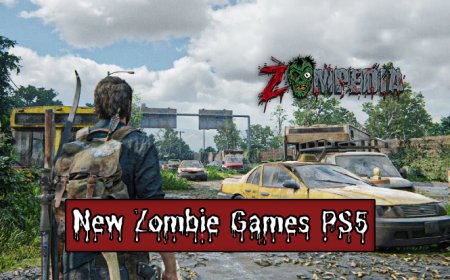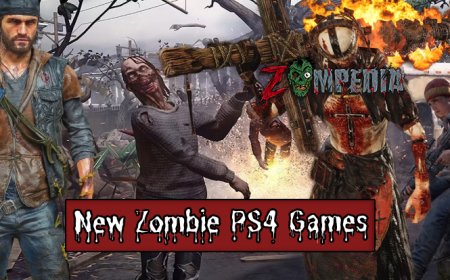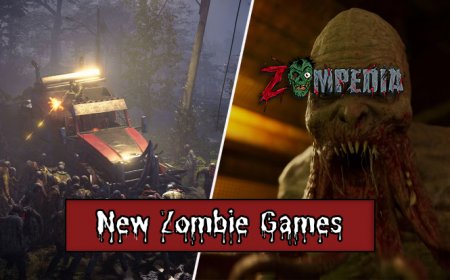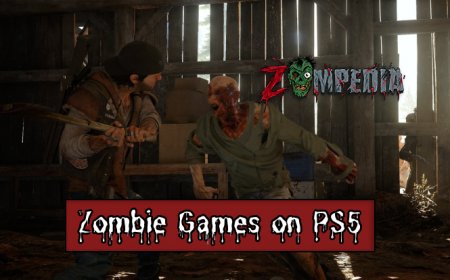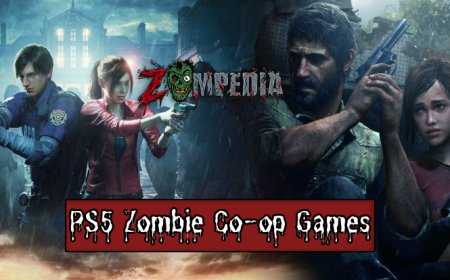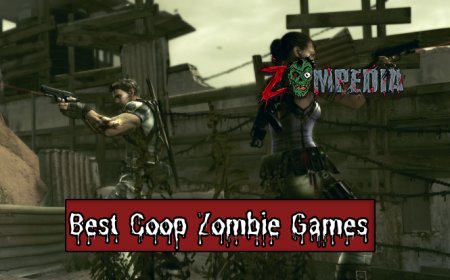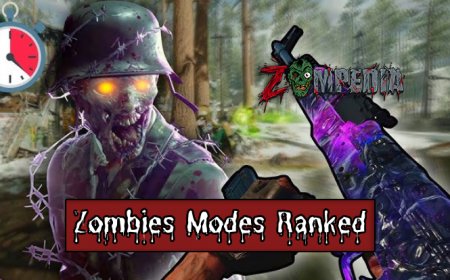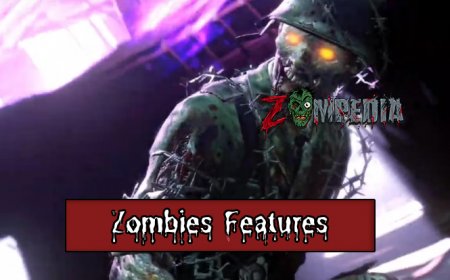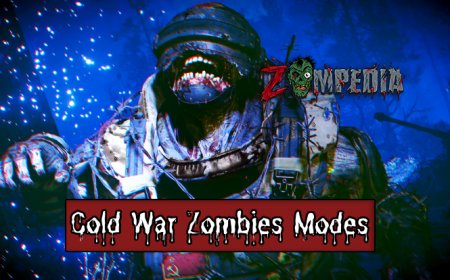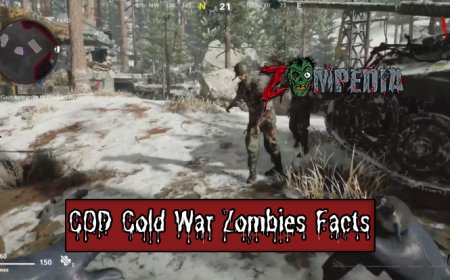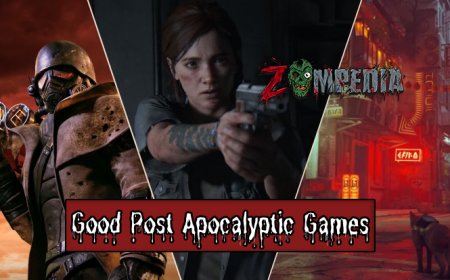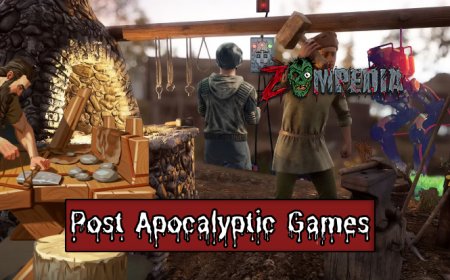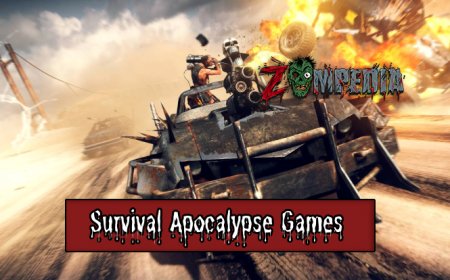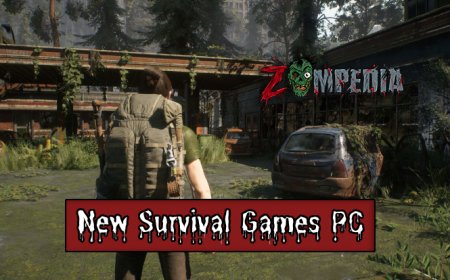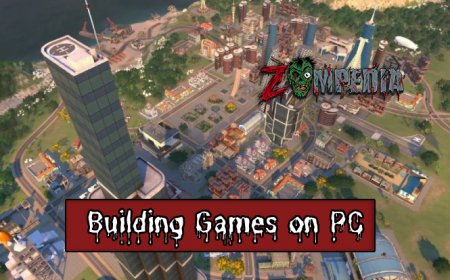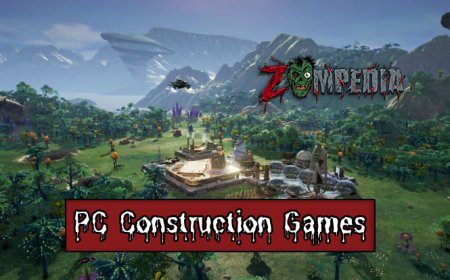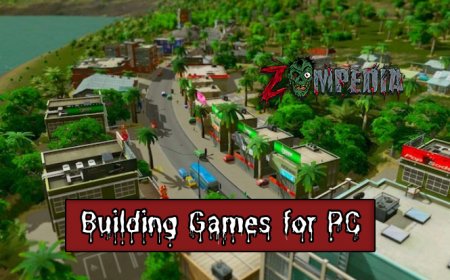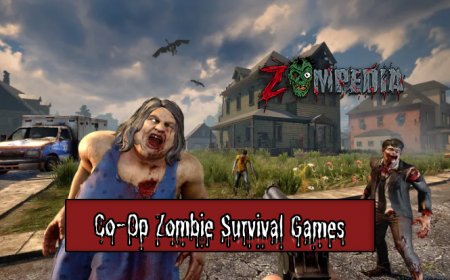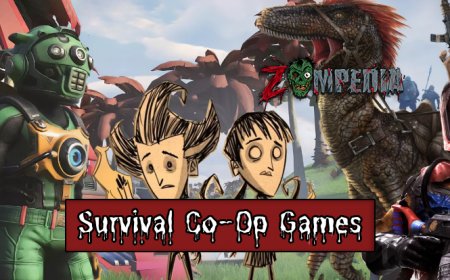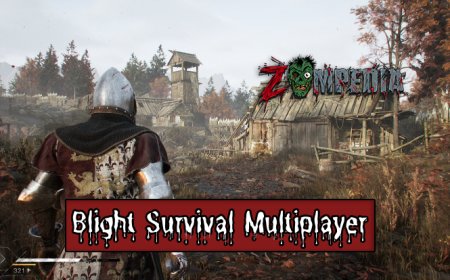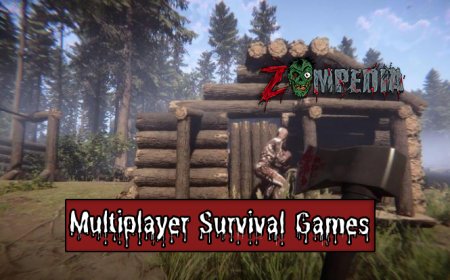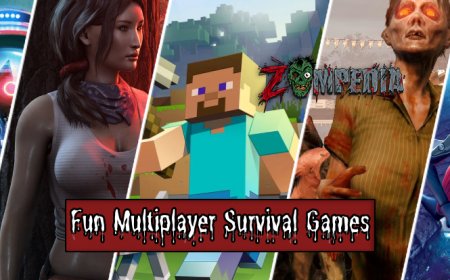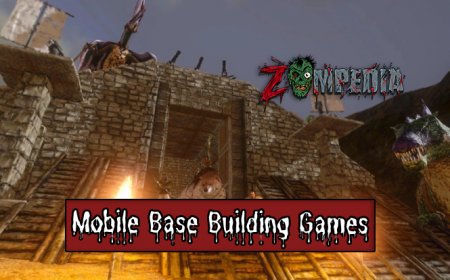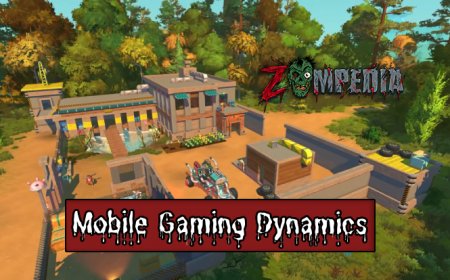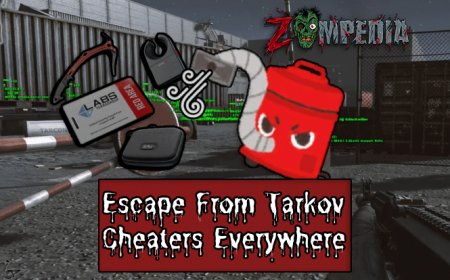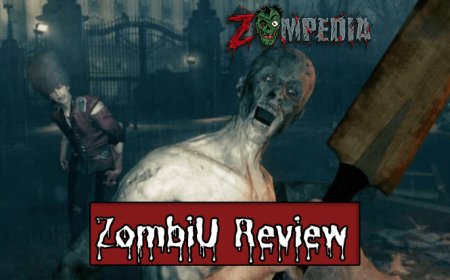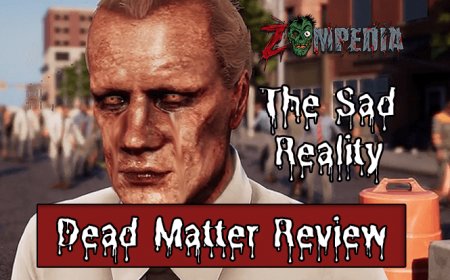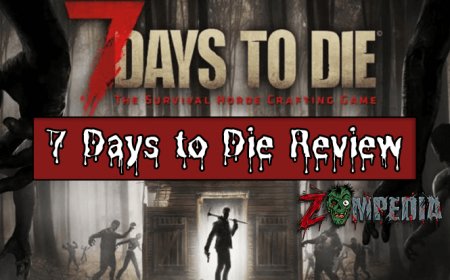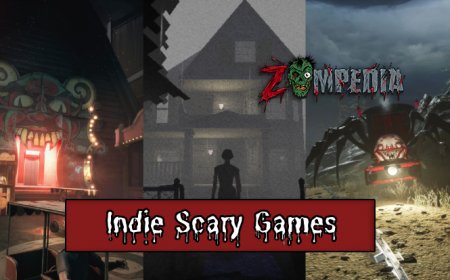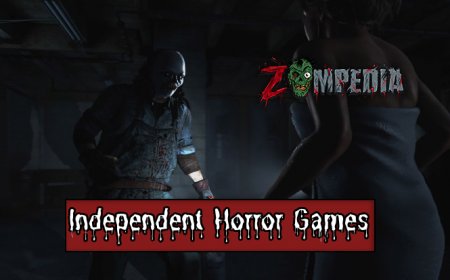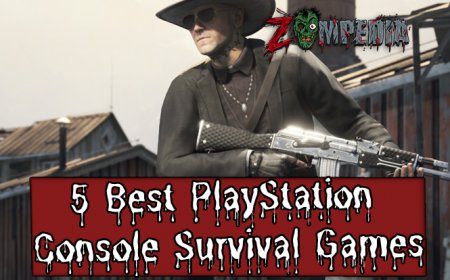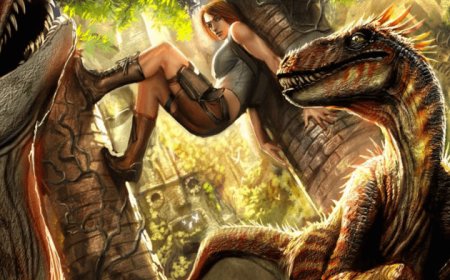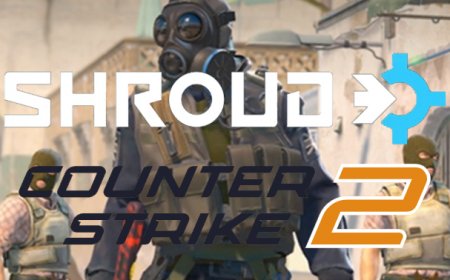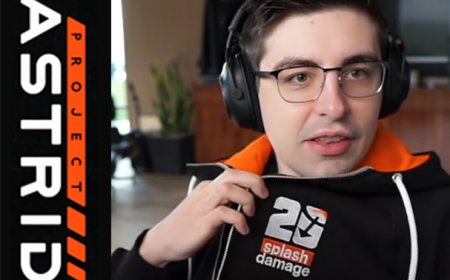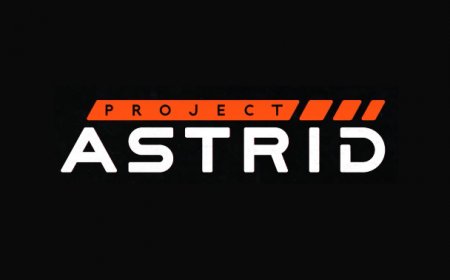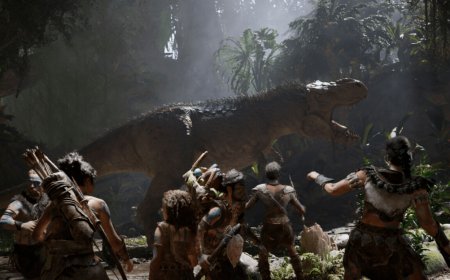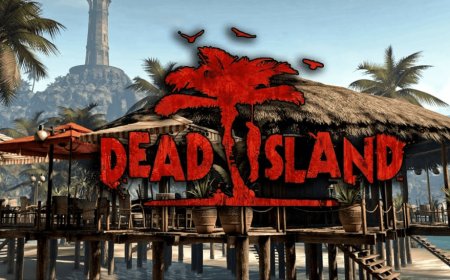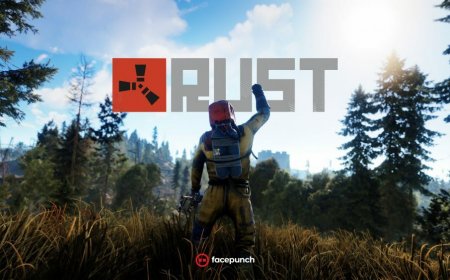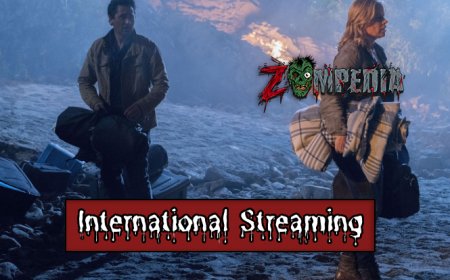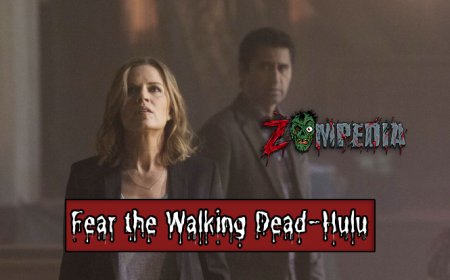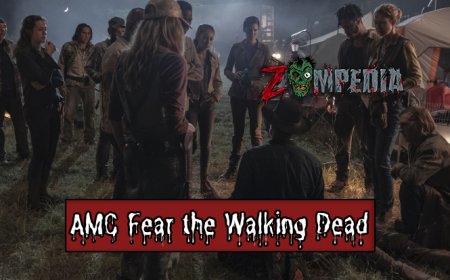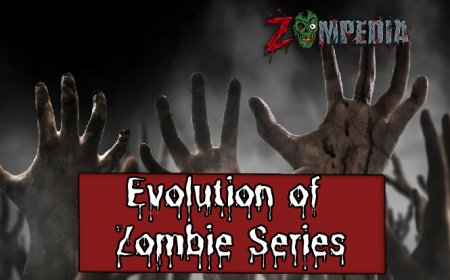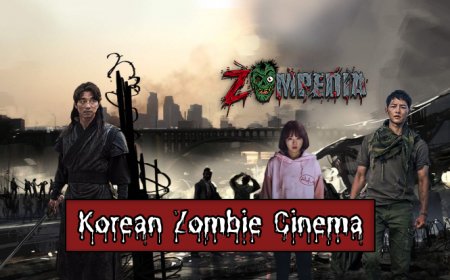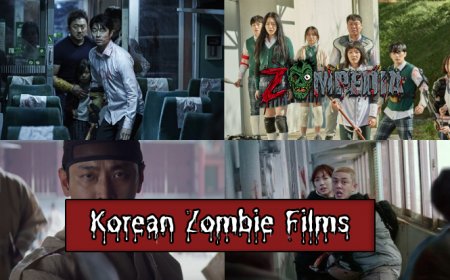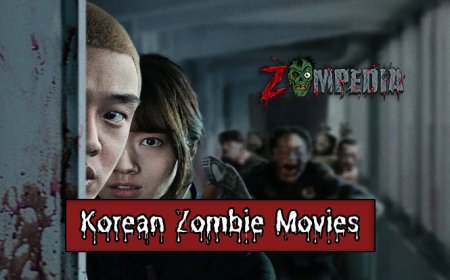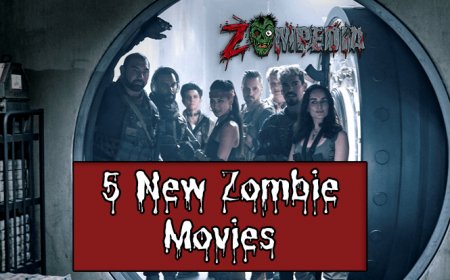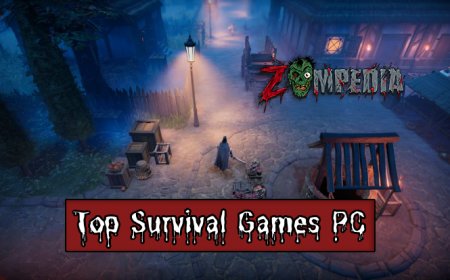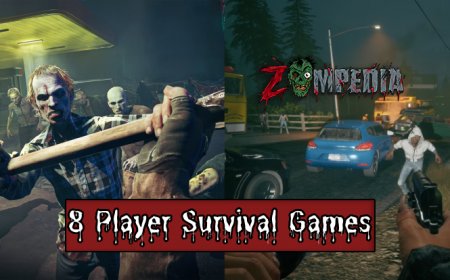Dead Space Review
Dive into our detailed Dead Space review on Zompedia, where we explore the game's chilling atmosphere, engaging gameplay, and how it stands among the best in the genre.
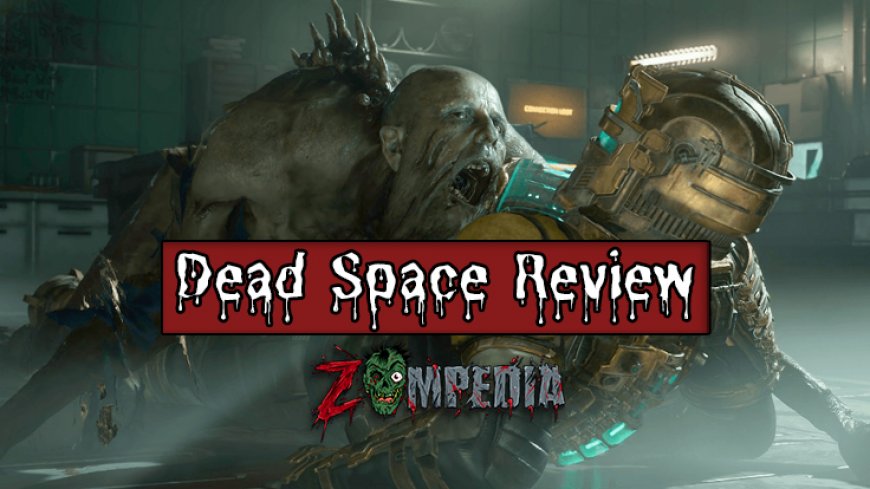
Quick recap: In this Dead Space review, we deep dive into the game's engaging gameplay mechanics, chilling atmosphere, and captivating storytelling. Discover why this horror classic remains popular among survival game enthusiasts.
Introduction to Dead Space
Dead Space is a survival horror game developed by EA Redwood Shores (now known as Visceral Games) and published by Electronic Arts. Released in 2008, the game is set in the distant future, where players assume the role of Isaac Clarke, an engineer who must fight his way through a space mining ship overrun by reanimated corpses known as Necromorphs.
Setting and Premise
Dead Space is aboard the USG Ishimura, a "planet-cracker" mining vessel designed to extract valuable resources from planets. Isaac Clarke is part of a rescue team sent to investigate a distress signal from the ship, only to find it overrun by the horrifying Necromorphs. As Isaac, players must explore the desolate ship, battle the terrifying creatures, and uncover the truth behind the catastrophe.
Engaging Gameplay Mechanics
The gameplay in Dead Space focuses on creating tense, strategic combat scenarios and intricate environmental puzzles, keeping players on their toes throughout their journey.
Combat System and Unique Weaponry
Dead Space's combat revolves around strategic dismemberment, which requires players to carefully target and sever limbs from Necromorphs to defeat them effectively. This unique combat mechanic is supported by an array of innovative weapons, such as:
- Plasma Cutter: A precise cutting tool that can rotate its firing angle for optimal limb targeting
- Line Gun: A powerful weapon that shoots a wide energy beam, ideal for slicing through multiple limbs at once
- Ripper: A remote-controlled saw blade launcher that can tear through Necromorphs at close range
Zero-Gravity and Vacuum Environments
Dead Space introduces zero-gravity and vacuum segments that add a layer of challenge and immersion to the gameplay. In these sections, players must carefully navigate weightless environments, conserve oxygen, and solve puzzles under time constraints.
Puzzle-Solving and Exploration
Throughout the USG Ishimura, players will encounter various puzzles that require creative thinking and resourcefulness. These puzzles often involve manipulating the environment, such as rerouting power, activating machinery, or using Isaac's telekinesis ability to move objects.
Chilling Atmosphere and Immersive Sound Design
One key aspect that makes Dead Space a horror classic is its ability to create a genuinely terrifying atmosphere. This is achieved through a combination of haunting visuals and masterful sound design.
Art Direction and Visual Effects
Dead Space's art direction expertly conveys a sense of dread and desolation. The USG Ishimura is filled with dark, claustrophobic corridors and eerie, flickering lights that keep players on edge. The Necromorphs themselves are grotesque, with twisted limbs and exposed organs, making each encounter a horrifying experience.
Suspenseful Soundtrack and Sound Effects
The game's soundtrack and sound effects are crucial in building tension. Subtle audio cues, such as distant Necromorph screams or the ship's creaking, keep players on high alert. The sparse, haunting music adds to the atmosphere, amplifying the sense of isolation and vulnerability.
The Role of Isolation in the Horror Experience
Dead Space makes players feel isolated and alone, much like other survival horror games such as Resident Evil and Silent Hill. The lack of human interaction and the constant threat of Necromorphs forces players to rely on their instincts and resourcefulness to survive.
Storytelling and Character Development
Dead Space's narrative is engaging and suspenseful, with plenty of twists and turns that keep players invested.
Plot Progression and Narrative Twists
Throughout the game, players uncover the sinister truth behind the Necromorph outbreak and the USG Ishimura's mission. The story is revealed through audio logs, text logs, and video communications that players discover as they progress. This method of storytelling allows players to piece together the narrative at their own pace while immersing them in the game's world.
The Protagonist, Isaac Clarke
Isaac Clarke is a silent protagonist, which helps players immerse themselves in his role. His engineering background also plays a significant part in the game, as many puzzles and challenges involve repairing or manipulating the ship's systems. Isaac's resourcefulness and determination make him a compelling character to guide through the horrors of the USG Ishimura.
Supporting Characters and Enemy Types
While Isaac is mostly alone on his journey, he occasionally communicates with other survivors via video transmissions. These characters provide valuable information, guidance, and an emotional connection to the events unfolding on the ship.
The Necromorphs come in various forms, each with unique abilities and weaknesses. Some examples include:
- Slasher: The most common Necromorph, with bladed arms for close-range attacks
- Leaper: A fast, agile enemy that can leap great distances to ambush players
- Pregnant: A bloated Necromorph that releases smaller creatures when killed
Reception and Legacy
Dead Space received widespread critical acclaim upon its release, praised for its innovative gameplay mechanics, immersive atmosphere, and captivating storytelling.
Critical and Player Reception
The game received numerous awards and high scores from major gaming publications like IGN, GameSpot, and Eurogamer. Players also embraced Dead Space, with many considering it a modern classic in the survival horror genre. Fans of games like Resident Evil, The Forest, and 7 Days to Die found Dead Space to be a refreshing and engaging experience.
Dead Space's Impact on the Survival Horror Genre
Dead Space revitalized the survival horror genre, proving that there was still an appetite for tense, atmospheric games with strategic combat mechanics. The game's influence can be seen in Dead Matter and Project Zomboid.
The Game's Sequels and Spin-Offs
Following the success of Dead Space, two main sequels, Dead Space 2 and Dead Space 3, were released, along with several spin-off titles, including Dead Space: Extraction, a rail-shooter prequel, and Dead Space Ignition, an interactive comic book-style game.
Final Verdict
Dead Space remains a seminal title in the survival horror genre, boasting engaging gameplay mechanics, a chilling atmosphere, and a captivating story.
Pros and Cons of Dead Space
Pros:
- Strategic dismemberment combat
- The immersive atmosphere and sound design
- Intricate puzzles and environmental challenges
Cons:
- Some players may find the game's pacing slow
- Limited enemy variety compared to other horror games
How the Game Holds Up Today
Despite its age, Dead Space still holds up remarkably well, thanks to its timeless atmosphere, unique gameplay mechanics, and captivating story. The game's graphics may show their age, but the art direction and sound design continue to impress and immerse players.
Recommendation for Horror and Survival Game Enthusiasts
Dead Space is a must-play for fans of horror and survival games, particularly those who appreciate strategic combat and atmospheric storytelling. If you enjoy games like Resident Evil, The Forest, and 7 Days to Die, you'll find Dead Space to be a thrilling and unforgettable experience.
What's Your Reaction?







